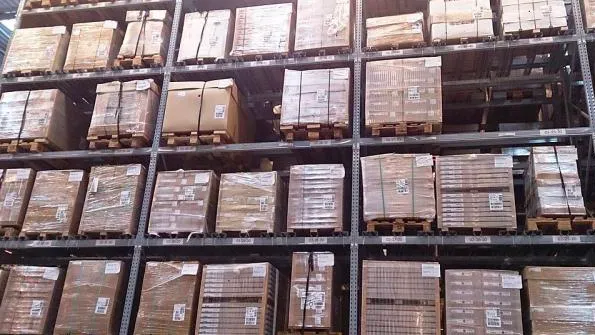
The risks and rewards of investing in Hong Kong’s self storage facilities
The average self storage occupancy of over 80% is one of the highest in Asia.
Self storage facilities are increasingly becoming popular investments in Hong Kong, given the territory’s large population, extremely tight living space (~150 sq. ft/person), and robust e-commerce businesses.
With robust demand expected to continue into the near future, JLL says the market enjoys a high level of acceptance to the business model and occupancy level.
“According to the SSAA Annual Survey 2020, the average occupancy of self storage in Hong Kong remained over 80% during 2018-19, one of the highest among Asian hub cities. The outlook also looks promising as Apple Storage forecasts that the sector will likely see 10% annual growth over the next three years,” says Cici Pang from JLL.
Here’s more from JLL:
On the supply side, the existing stock of industrial land available for self storage development shrunk over the past two decades, as mentioned in a study by Planning Department in December 2021. The total industrial land area (Industrial and OU(B)) slid by approximately 14.5% from 2005-2020, while the total GFA dropped by 7.1% during the same period. Among the current occupiers of industrial buildings, a mere 3.9% of the warehouse/storage floor space was occupied by self storage operators.
The supply/demand dynamics of the self storage sector is conducive to long-term rental prospects, and naturally, that draws keen interest from investors. In addition, the self storage market in Hong Kong is highly fragmented. In a RedBox market research, there were 90+ operators and 400+ facilities in 2019. Among those, approximately 60% of the operators operate only one facility, while a few sizable operators manage more than 50 facilities each in the city. Given the fragmented nature of the sector, the barrier to entry may be more surmountable with mergers and acquisitions as an option.
However, investing in the sector is not without challenges and risks. For example, relevant zoning rules have to be carefully reviewed. Self storage facilities are permitted to operate in industrial buildings located in Industrial or OU(B) zones provided they comply with the lease terms and conditions, or their owners have obtained the relevant waiver (including the special waiver for wholesale conversion of industrial buildings). On the other hand, if the relevant land lease specifies or permits “industrial” use only, landlords and operators may face potential challenges from authorities regarding a breach of lease from operating self-storage facilities.
Another major risk arises from the industry’s regulatory environment. A deadly fire incident in Ngau Tau Kok in June 2016 prompted the authorities to impose considerably stricter regulations on the industry and operators. Since then, various government departments (e.g., Buildings Department, Fire Services Department) have promulgated stricter policies for self storage operations, such as minimum width of aisles, number of exits and windows, a minimum distance between the ceiling and the top of the storage cubicles, and the requirement of sprinklers. The tighter regulations decrease the efficiency ratio of facilities to an estimated current level of 40-50% from previously over 60%. Inevitably, this leads to lower returns on investment.



















 Advertise
Advertise




